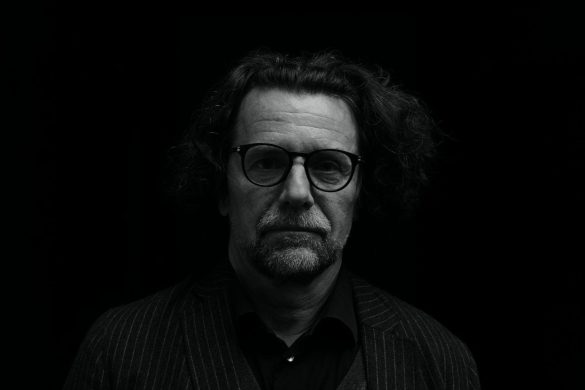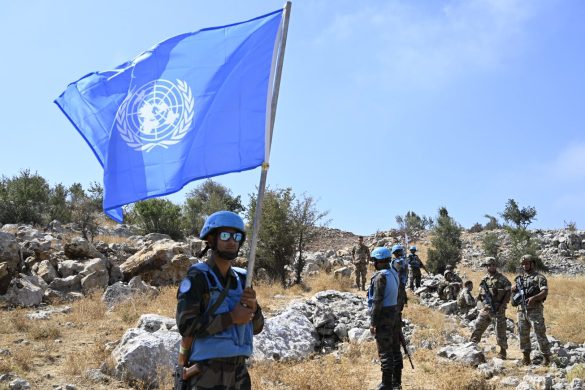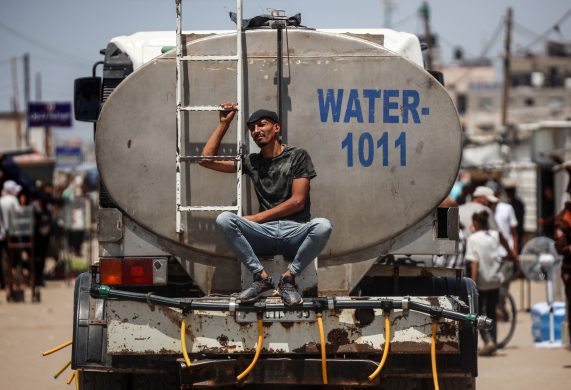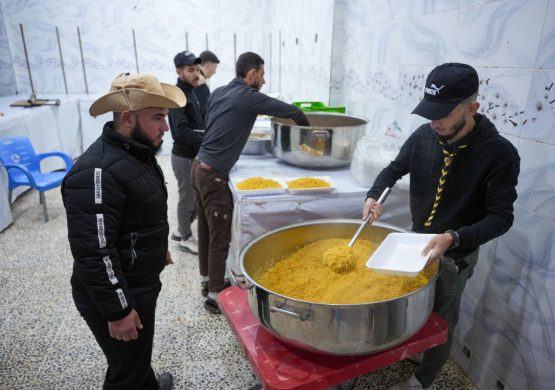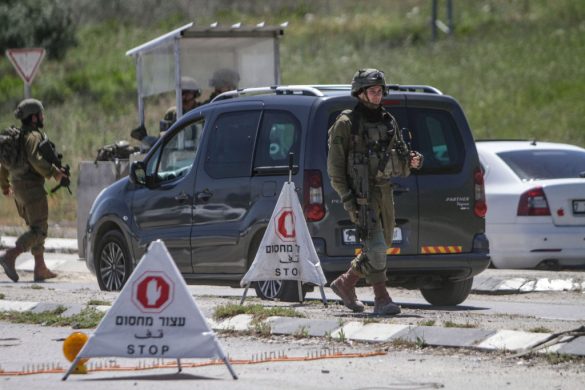FN-bureauet IRIN har spurgt ind til, hvilke planer og projekter, der reelt ligger på bordet som godkendte på den israelsk-besatte vestbred af Jordan-floden og Øst-Jerusalem, hvor der allerede befinder sig en halv million jødiske bosættere.
JERUSALEM, 18 March 2013 (IRIN): Last month, an international fact-finding mission on Israeli settlements in the Occupied Palestinian Territory (OPT) commissioned by the UN Human Rights Council found that settlements constituted a violation of international human rights and humanitarian law and called on Israel to stop all expansions immediately and withdraw from settlements.
A controversial Israeli plan, known as E-1, to build thousands of housing units and hotel rooms near the Ma’ale Adummim settlement, has garnered(skabt) much attention in the media because it would sever (afskære) Palestinian East Jerusalem from the rest of the West Bank.
See IRIN’s briefing on E-1 at
http://www.irinnews.org/Report/97644/Briefing-Inside-the-E-1-Israeli-settlement
But at the same time, Israel has been moving forward with equally controversial settlement plans under less scrutiny (opmærksomhed) and with unusual speed.
As US President Barack Obama prepares to visit the region this week, IRIN takes a look at some of the details that have been overlooked in the discussion.
What is the Giv’at HaMatos plan?
According to Israeli NGO Ir Amim (“City of Nations”), which works to preserve Jerusalem as a home for both Jews and Palestinians, one settlement plan of “critical importance” is Giv’at HaMatos.
In a sense, Giv’at HaMatos does in the south what E-1 does in the east.
The planned large housing and hotel complex at the southern perimeter of Jerusalem would further disrupt the contiguity of land between East Jerusalem and the rest of the West Bank required for a future Palestinian state, seriously impeding (bringe i fare) a two-state solution, research and rights groups say.
It would also mark the first new settlement construction in Jerusalem since 1997.
“All construction is problematic but there are several plans that are, in our view, more dangerous if implemented,” Hagit Ofran, director of the Settlement Watch project at the Israeli NGO Peace Now, told IRIN, adding:
“Giv’at HaMatos is the most dangerous plan that is now approved.”
Part of the plan – to build 2.612 units – was approved by the Jerusalem Regional Planning Committee on 19 December.
Most of Giv’at HaMatos is currently uninhabited, but according to the International Crisis Group (ICG), which recently released a two-part report on the future of East Jerusalem, its build-up would cut off Arab neighbourhoods in southern Jerusalem, like Beit Safafa and Sharafat, rendering them “Palestinian enclaves”.
Giv’at HaMatos would connect the dots of several other planned or expanding settlements along southern Jerusalem – including Giv’at Yael in the southwest; and Har Homa and East Talpiyot in the southeast – thereby forming “a long Jewish continuum (sammenhængende række bebyggelser) severing Bethlehem’s urban continuum from Palestinian Jerusalem”, ICG said.
“Legitimate part of Israel”
Last year, the Israeli government, too, approved more than 2.000 new units in neighbouring Gilo.
This kind of attachment to Jewish expansions could make peace negotiations even harder.
“From an Israeli public opinion perspective, Giv’at HaMatos is in the municipal border of Jerusalem. It is considered a legitimate part of Israel”, Ofran said.
Barak Cohen, the Jerusalem Municipality’s adviser for foreign affairs and media, told IRIN Giv’at HaMatos is part of Jerusalem’s “natural and much-needed growth”, allowing both Arab and Jewish landowners to develop their properties.
Indeed, part of the Giv’at HaMatos plan, approved on 18 December, allows for the building of 549 units for Palestinians – though Betty Herschman, director of international relations and advocacy at Ir Amim, points out much of it retroactively legalizes (med tilbagevirkende kraft) building that has already been completed.
The figures, she added, amount to just over one-fifth of the Jewish expansion.
“For many Arab East Jerusalemites, the battle for their city is all but lost.” Still, Cohen insisted, the development would benefit Jerusalem as a whole:
“Not planning and developing Jerusalem neighbourhoods ultimately harms all residents and landowners – Arabs and Jews alike.”
Last year, Israel issued tenders for (udbød i licitation) the construction of 606 new housing units north of East Jerusalem, in the Ramot settlement, just north of the Green Line marking the border between Israel and the West Bank.
Israel also approved another 1.500 units in the neighbouring settlement of Ramot Shlomo, according to Ir Amim.
What other settlements are planned?
Læs videre på
http://www.irinnews.org/Report/97676/Briefing-Beyond-the-E-1-Israeli-settlement
Se også FN-udtalelse om bosætter-vold på
http://www.un.org/apps/news/story.asp?NewsID=44412&Cr=palestin&Cr1=#.UUdJB2V1T4s





